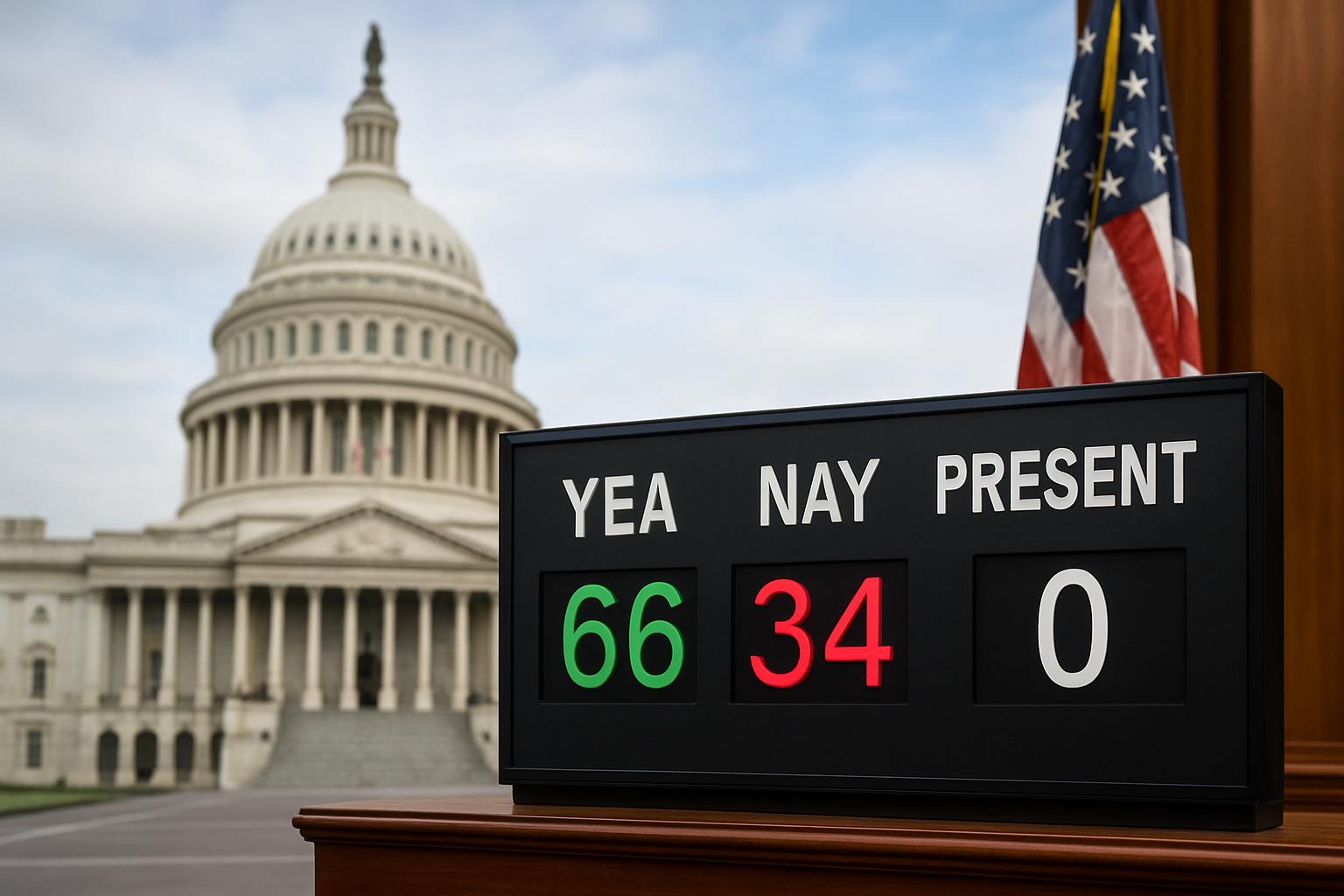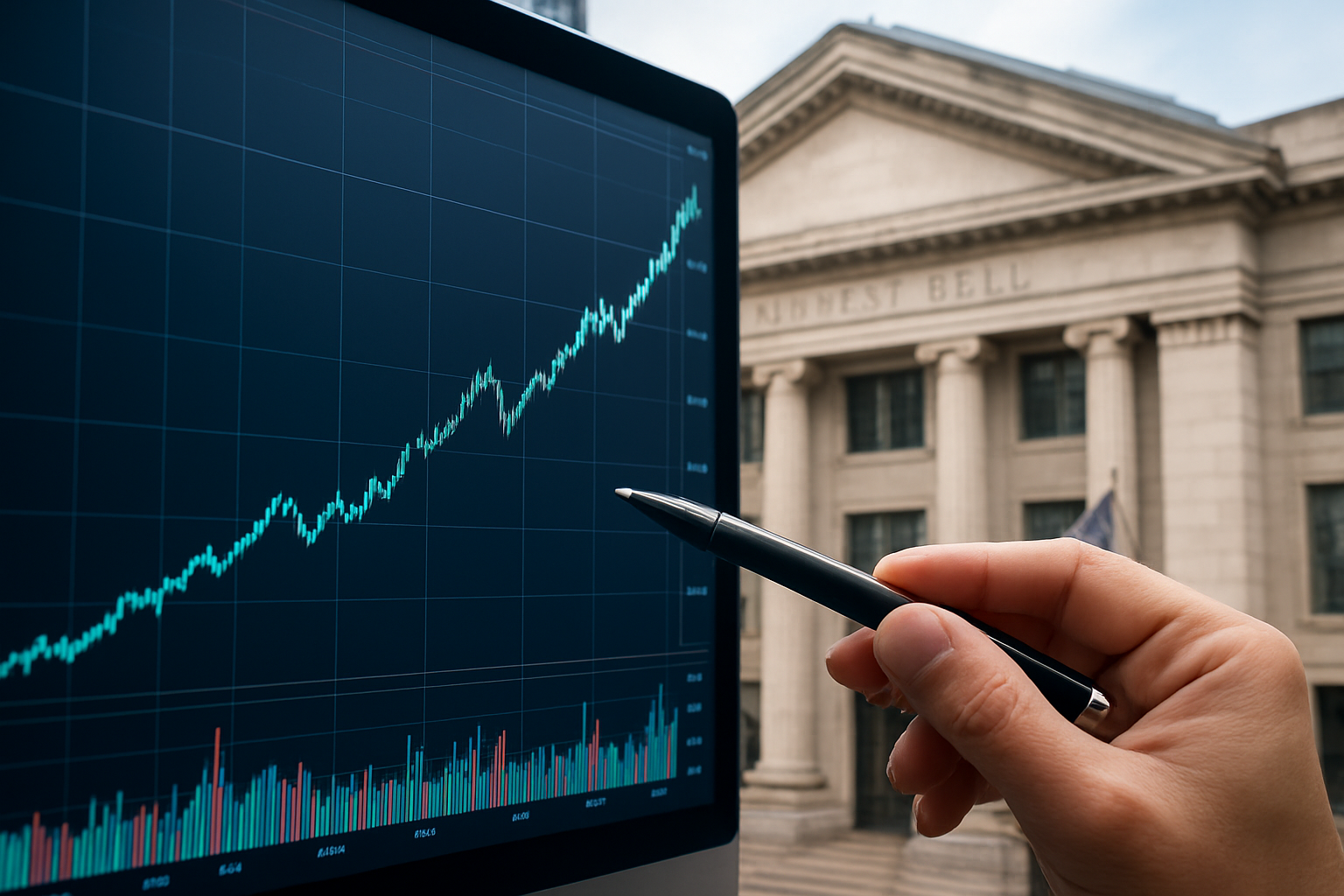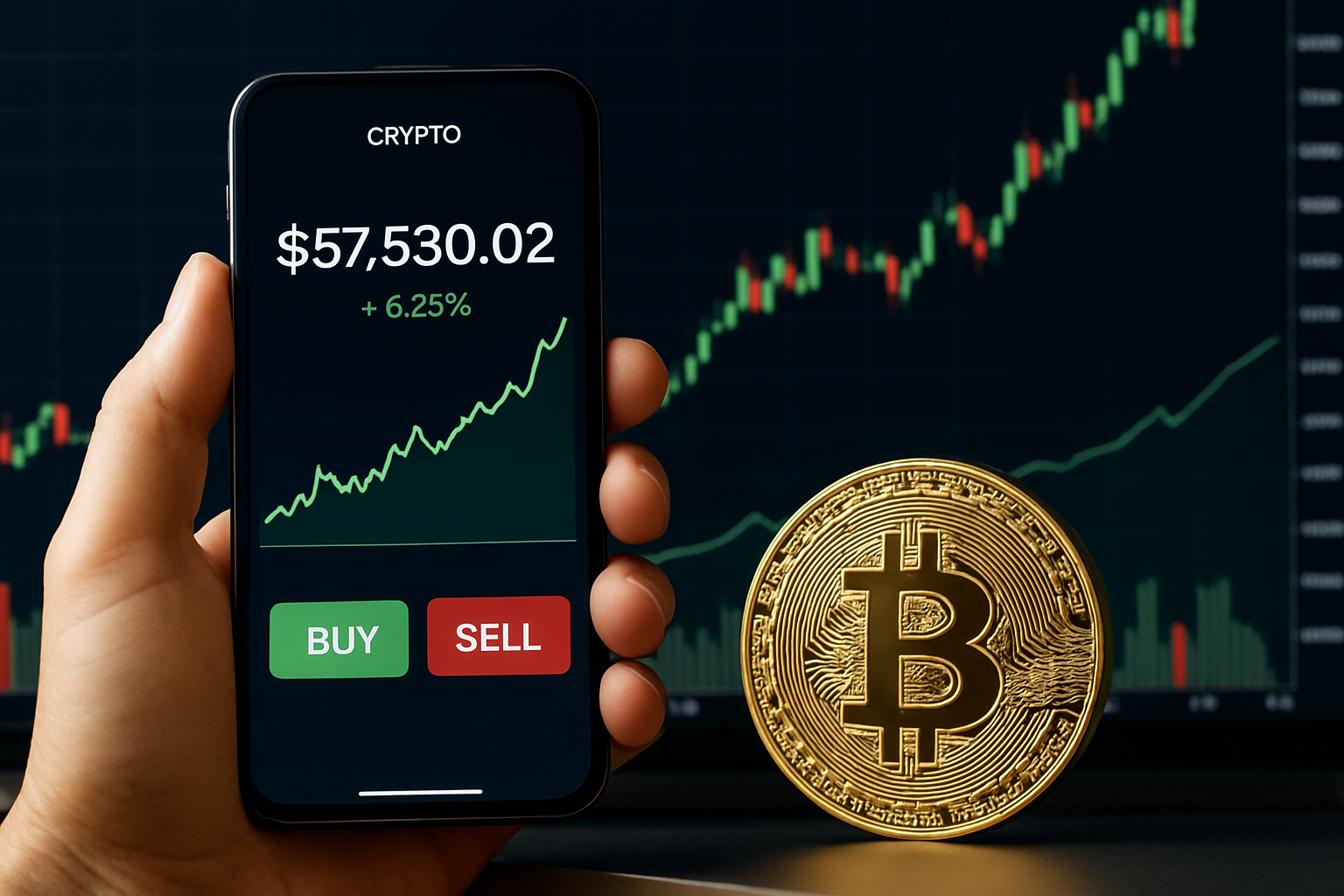After forty days of fiscal paralysis that shook investor confidence and froze critical economic data, the U.S. Senate has advanced a bipartisan bill to fund the government through January 30, 2026 — marking a significant step toward ending the nation’s longest-ever government shutdown. The measure includes three full-year appropriation bills, offering temporary relief to federal agencies, workers, and markets that have been strained by weeks of policy uncertainty.
Global investors cheered the move, sending equity markets higher across the board. The S&P 500 rose over 1.2%, while Dow Jones futures gained more than 350 points in early trading. The Nasdaq 100 climbed 1.5% as traders priced in renewed confidence in U.S. fiscal governance. According to Reuters, the procedural passage signals “clear momentum toward reopening the government” after a prolonged standoff that delayed official data and disrupted federal contracts across multiple industries.
Political Clarity Brings Market Relief
For investors, the breakthrough represents a reprieve from weeks of uncertainty that have muddled market valuations and clouded the economic outlook. The shutdown had suspended key government reports — including inflation, jobs, and GDP data — leaving the Federal Reserve and analysts alike flying blind.
“The lack of data over the last month created one of the most opaque macro backdrops in recent memory,” noted Morgan Stanley economist Sarah Wolfe in comments to Bloomberg. “The return of official reporting and spending should stabilize sentiment and restore analytical visibility for investors.”
Beyond sentiment, the fiscal deal has tangible economic implications. Government employees and contractors will return to work, spending will resume, and delayed projects — from defense procurement to infrastructure maintenance — will begin again. This injection of federal liquidity into the economy could lift Q1 2026 GDP growth by up to 0.3 percentage points, according to Goldman Sachs Research.
Why This Matters for Investors
Political stability often acts as a hidden catalyst for market performance. The 40-day shutdown not only dented economic momentum but also interrupted private-sector planning. Analysts estimate that roughly $25 billion in federal contracts were delayed or frozen during the shutdown, impacting sectors from aerospace to healthcare.
As the U.S. edges toward fiscal normalcy, several investment implications emerge:
- Defense and Infrastructure:
The Pentagon and Department of Transportation are among the biggest beneficiaries of the spending bill. Defense contractors such as Lockheed Martin (LMT) and Raytheon Technologies (RTX) may see order backlogs normalize, while infrastructure funds tied to federal capital expenditure could gain traction. - Healthcare and Public Services:
Hospitals and service providers dependent on Medicare and Medicaid reimbursements may see improved cash flow as government processing resumes. This could benefit publicly traded hospital chains and healthcare REITs. - Financial Markets and Data-Driven Trading:
The resumption of federal economic data releases restores key inputs for algorithmic and institutional trading models. Analysts expect a short-term surge in trading volumes as new data recalibrates market expectations for inflation and Fed policy.
Lingering Risks and Blind Spots
Despite the relief rally, analysts caution that the fiscal agreement remains temporary. The current funding extension lasts only until January 30, 2026, leaving open the possibility of renewed political confrontation early next year.
According to J.P. Morgan Asset Management, “The risk of another shutdown remains on the horizon if structural budget issues — including entitlement spending and tax negotiations — are not resolved.”
In addition, the 40-day data blackout means that investors could face surprises as delayed economic reports are released in the coming weeks. Earnings season may reveal uneven impacts of the shutdown across sectors — particularly among firms with heavy government exposure.
Bond markets, meanwhile, remain cautious. The 10-year Treasury yield held steady near 4.28%, suggesting that investors are not yet fully convinced the fiscal turbulence is over.
Future Trends to Watch
Looking ahead, investors should focus on three key dynamics that could shape markets through year-end:
- Fiscal Policy Direction: Any new spending initiatives tied to the appropriations deal could reignite debates over deficit financing and Treasury issuance, influencing bond yields and equity valuations.
- Economic Data Recovery: As the flow of macroeconomic indicators resumes, investors will gain clearer visibility on consumer strength, inflation trends, and potential Fed policy pivots.
- Election-Year Volatility: With the 2026 election cycle approaching, political rhetoric on fiscal discipline, taxes, and industrial policy could generate sector-specific volatility — particularly in defense, energy, and healthcare.
Key Investment Insight
The Senate’s progress marks a vital turning point for risk assets, reducing one of the major tail-risks weighing on global markets. Investors may look to rebalance portfolios toward cyclical sectors that benefit from resumed government spending, such as infrastructure and defense, while maintaining exposure to defensive plays in healthcare and consumer staples.
However, prudence is warranted. The temporary nature of the funding deal means volatility could resurface if partisan divisions re-emerge. Portfolio hedges, including short-term Treasuries and gold, may serve as effective buffers in the event of renewed fiscal uncertainty.
As Washington moves toward restoring fiscal order, markets appear ready to look forward again — though not without caution. For continued, data-driven coverage on how U.S. policy shifts affect investor portfolios, follow MoneyNews.Today, your trusted source for actionable insights across global markets.





